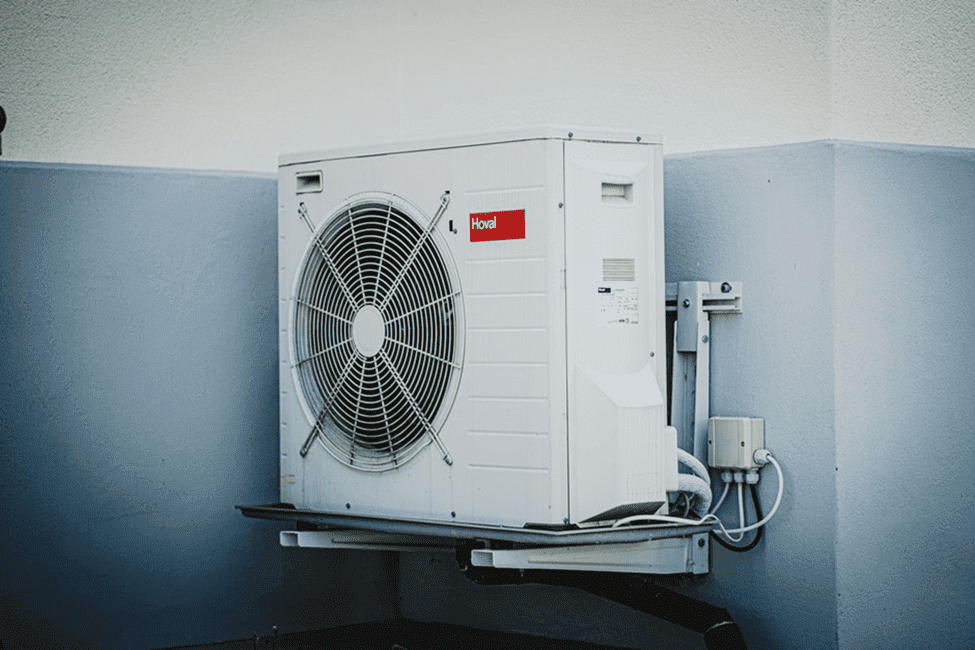Air conditioners are beneficial to your home, and create a refreshing escape from the freezing winter temperatures or sweaty summer heat. However, settling on ideal temperatures for your indoor environment requires a subtle balance between your comfort preferences and financial bottom line. Ideally, low thermostat settings during summer translate to high energy bills.
In addition to scheduling regular HVAC service from professionals, adjusting some variables can regulate air conditioner temperatures while saving on costs. These variables include:
1. Set the Conditioner Timer
There’s no better feeling that beats coming back to a well-conditioned room after a long day. However, leaving your air conditioner running won’t make sense if you’ve been away the whole day. In such a case, use the timer to set the number of hours you want the conditioner to switch off before turning it on.
For instance, if you leave for work at 8:00 am every day and return at 6:20 pm, you should set the timer for 10 hours. By doing this, the conditioner will automatically turn off while you are at work and turn on as you commute home, ensuring that you find a cool home.
For homeowners with old air conditioners that don’t have timers, you can achieve the same by raising the unit’s temperature settings and lowering the fan settings every morning.
2. Check Your Fan Options
Most air conditioners have three fan settings; high, medium, and low. Most people automatically choose the high setting for cooling during warm weather. However, you should switch to low settings when hot and humid. Doing this effectively circulates humid air through the conditioner slowly, allowing the unit to dehumidify air efficiently.
3. Redirect the Vents
Redirecting the vents is another effective way of increasing air conditioner efficiency. If the unit’s vents face one direction, it directs the conditioned air toward one place. You should redirect them to face the center, as this directs conditioned air into the center of the room.
Similarly, if your conditioner has oscillating settings, use this setting only if the fan serves a wide area of the room. Ensure that conditioned air isn’t directed towards the curtains or other household items, as you will be wasting its cooling power.
4. Inspect Air Conditioner Filters
A clogged or dirty filter impedes the unit from working efficiently. The unit will consume the same energy but provide less conditioning. You’ll also subject the unit to excessive strain, leading to faster wear and tear.
Fortunately, most modern air conditioners have indicator lights that turn on automatically when the filter is due for cleaning or changing. Even then, you should conduct a visual inspection anytime you suspect the unit isn’t working well. As a rule, inspect your filter monthly during summer when the unit is used regularly.
Endnote
You can achieve better indoor comfort and air quality with minimal energy consumption. However, note that the number of people in the room, physical activity, and external conditions like humidity, number of windows, and amount of direct sunlight, affect the performance of heating and cooling systems.
You can still make the unit energy efficient by supporting the functionality of your air conditioner with alternative cooling solutions, such as installing a ceiling fan, closing window coverings, and weather stripping your home.











